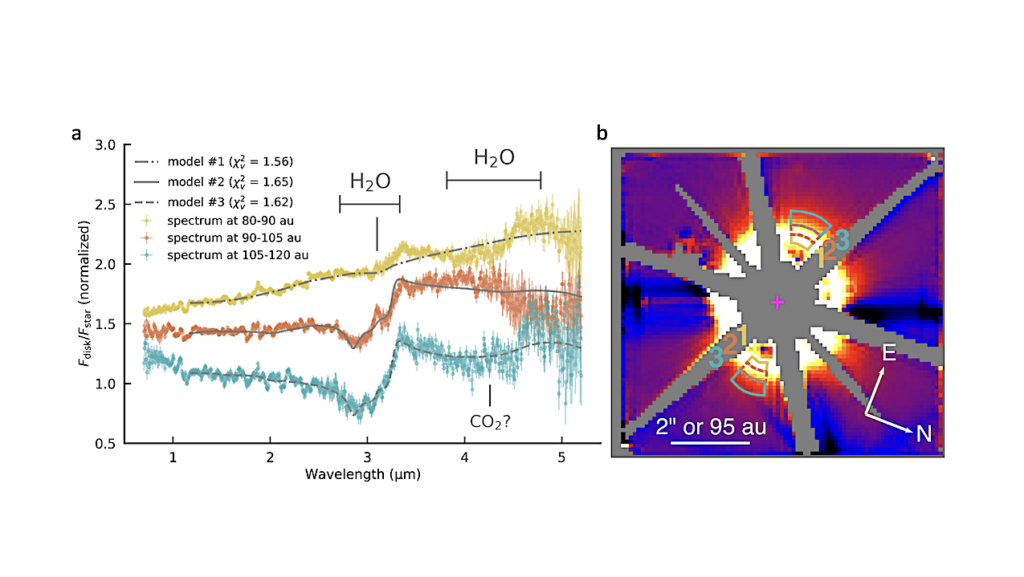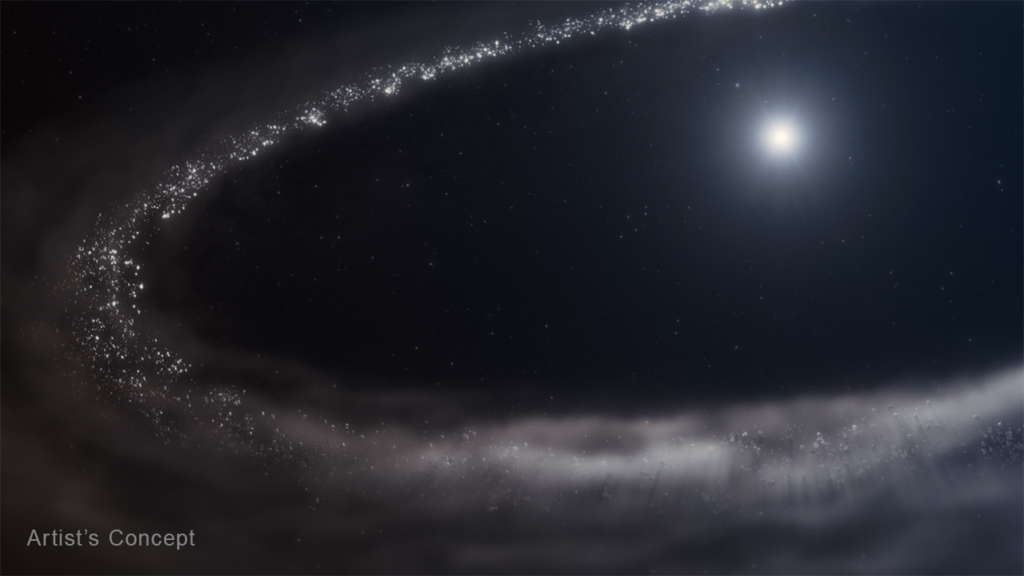Follow-up LOFAR Observations Of The τ Boötis Exoplanetary System

Context. Observing the radio emission from exoplanets is among the most promising methods to detect their magnetic fields and a measurement of an exoplanetary magnetic field will help constrain the planet’s interior structure, star-planet interactions, atmospheric escape and dynamics, and habitability.
Recently, circularly polarized bursty and slow emission from the τ Boötis (τ Boo) exoplanetary system was tentatively detected using LOFAR (LOW-Frequency ARray) beamformed observations. If confirmed, this detection will be a major contribution to exoplanet science. However, follow-up observations are required to confirm this detection.
Aims. Here, we present such follow-up observations of the τ Boo system using LOFAR. These observations cover 70% of the orbital period of τ Boo b including the orbital phases of the previous tentative detections.
Methods. We used the BOREALIS pipeline to mitigate radio frequency interference and to search for bursty and slowing varying radio signals. BOREALIS was previously used to find the tentative radio signals from τ Boo.
Results. Our new observations do not show any signs of bursty or slow emission from the τ Boötis exoplanetary system.
Conclusions. The cause for our non-detection is currently degenerate. It is possible that the tentative radio signals were an unknown instrumental systematic or that we are observing variability in the planetary radio emission due to changes in its host star. More radio data (preferably multi-site) and ancillary observations (e.g. magnetic maps) are required to further investigate the potential radio emission from the τ Boötis exoplanetary system.
Jake D. Turner, Jean-Mathias Grießmeier, Philippe Zarka, Xiang Zhang, Emilie Mauduit
Comments: 9 pages, 5 figures, 2 tables. Submitted for publication to A&A (March 22, 2024)
Subjects: Earth and Planetary Astrophysics (astro-ph.EP); Instrumentation and Methods for Astrophysics (astro-ph.IM)
Cite as: arXiv:2403.16392 [astro-ph.EP] (or arXiv:2403.16392v1 [astro-ph.EP] for this version)
Submission history
From: Jake Turner
[v1] Mon, 25 Mar 2024 03:14:39 UTC (7,476 KB)
https://arxiv.org/abs/2403.16392
Astrobiology, Astrochemistry,








